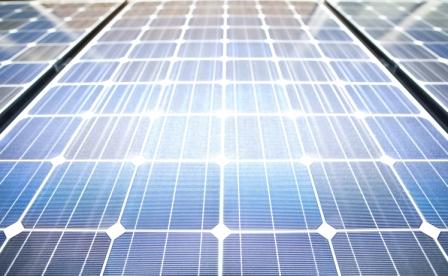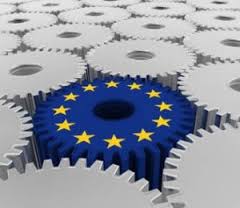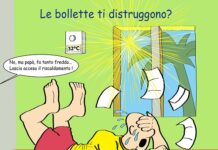
In EU most of the business associated with the photovoltaic is connected to operation & maintenance enterprises; do you think the technological up-grading can make the difference about that?
Today in EU the operation&maintenance holds a big part of the photovoltaic market. The topic is important because the installations are older and have problems with productivity through the years. This phenomenon is basic even in Italy, where they followed “the rush to the installations”, considering less important the quality of the parts. That produces a phenomenon, that happens even in Italy, called the under performance production dued to PID. We are dealing with a decline generated by the potential and it hits straight the photovoltaic system modules. It’s about a enough devious phenomenon that appears after several years and reduces the performances very deeply: by the Fraunhofer Institute may reach even the 70% It all starts with a minimal reduction, about the 20-30% and, once started, it grows gradually. This phenomenon is often untold because we have not yet a watchful body about that and because frequently the PID’s cases are covered by legal nature confidential regimes.
Is it possible to avoid this phenomenon?
Yes, it’s necessary to install on the basis of some shrewdness the system, taking measures about the system respect for the potential. De facto installing modules serially, the potential difference of each added. In this way the working point is chosen by the inverter. Usually we find inverter without transformers, therefore the heart point in the string is halfway and has a part of modules with negative potential applied and a part with positive potential. Someone noticed that the part of the negative potential’s string degrades faster compared with the positive potential. This structure is made like this to simplify the inverter’s work, that transforms the entering energy to put it in the network.
To prevent this structural degeneration is possible to install all the panels’ string in positive and put on the floor the negative pole. To realize this structure we studied a non inserted transformer system. The technology we use is participating in our inverter and has been developed in our research center in Japan (zig zag connecting chopper converter) and allowed us to avoid that the described phenomenon, exactly the PID, activates, but not only. In fact, with this technology with a PID box added we can stop the degradation and “to treat” the panel’s electrons leak. At the end of the treatment and with our inverter we refresh a total efficiency of the system that will work productively without the help of the “PID box”.
Consider that sometimes the substitution of the inverter inside the system with our inverter isn’t affordable for the economy of the system, because we work on 10KW; in this event we suggest to install the PID box, that will stay everlastingly, because we can’t install the inverter with a exhaust on the floor for the negative pole, thus to correct and stop the system’s decay.
Is there any efficiency’s drop inserting this kind of inverter?
The transformation’s efficiency is 97,5% while the typical efficiency of the inverter with a transformer is around 94%-95%
How can we verify the system’s situation and understand that is “healed”?
The plant’s heart is the inverter: it has the intellect to ensure that the flow is always under control and it’s supervised to measure in real time the production of energy.
Per ricevere quotidianamente i nostri aggiornamenti su energia e transizione ecologica, basta iscriversi alla nostra newsletter gratuita
e riproduzione totale o parziale in qualunque formato degli articoli presenti sul sito.


















